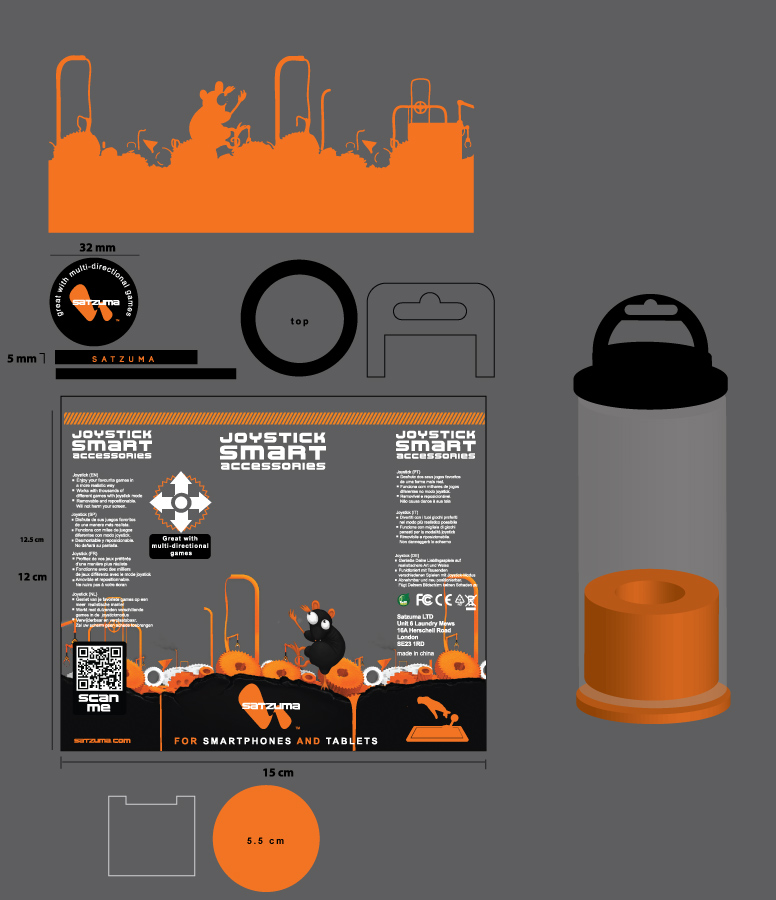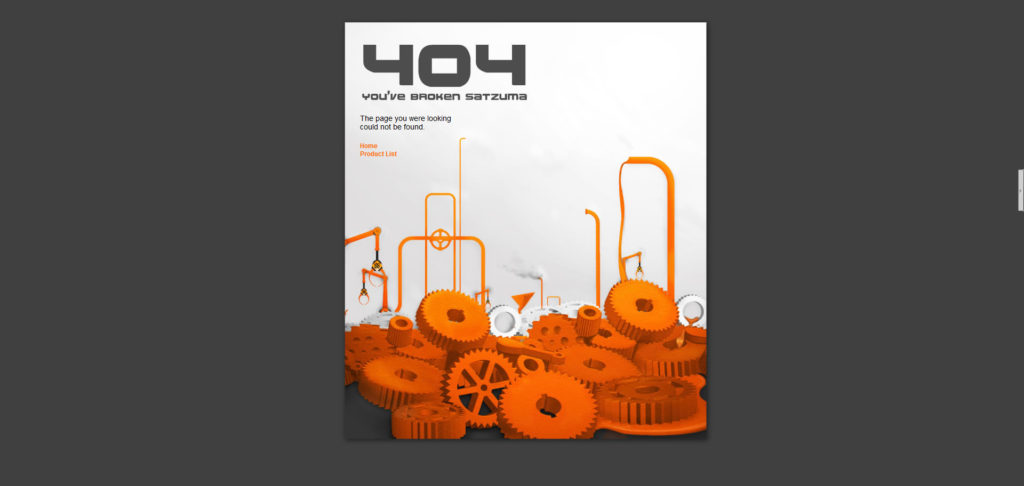Creating a cool game is one thing, making a game that sells is another. This post covers how to sell your board game and make money in easy to follow stages. As an acknowledgment of my skills and experience, I have co-created successful party games in the past.
The Commercial Director’s informed games commercial success in figures. This was also fairly recent as from 2017 onwards.
The games that I was involved in creating earned £200k in revenue – nothing to sniff at and this post will share that information.

Intro – Monetising your game after creating it
Your number 1 priority should be making a great game that people can play and enjoy – don’t deviate from this principle. Making a halfhearted job and ‘just shipping’ it will backfire in the board gaming community.
If you want to sell your game in the future, make a good game!– don’t cheat your audience into buying a terrible product.
Creating the game – approach
My approach to creating a game was a bit different from many I feel. it didn’t come from an insatiable need to express my artistic desire or tell a narrative that will revolutionise the world.
The game as created based on a ‘ready’ market that didn’t need educating on what the game was.
We based our concept on a pre-existing model and try to improve upon it – it wasn’t left to chance and gut feeling when developing the game and all of its expansions. The actions were deliberate and researched before the game was created.
You have a look at one of the early editions here. Which takes you to Amazon, or you can get the general idea from this image.
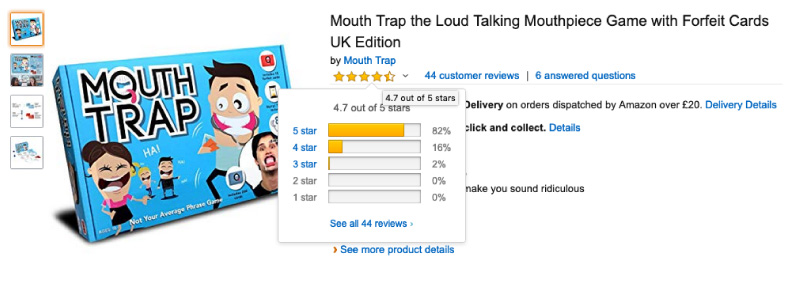
We created a UK version of the game that filled a gap – it started as an idea and evolved it something that was bigger and more potent over time and became its an entity that could stand on its own 2 feet.
3 main approaches to selling your game
Moving on, here is a quick overview of how to make money from your game.
- 1) Sell it retailers or individual shops
- 2) Pitch it to games publisher or distributer
- 3) Use a crowdfunding platform such as Kickstarter or IndieGoGo
How to sell your game and make money through publisher/distributor and earn over | 200k
I was involved in creating a party game that earned over 200k in turn over in one year and over 100 k (give or take) in subsequent years.
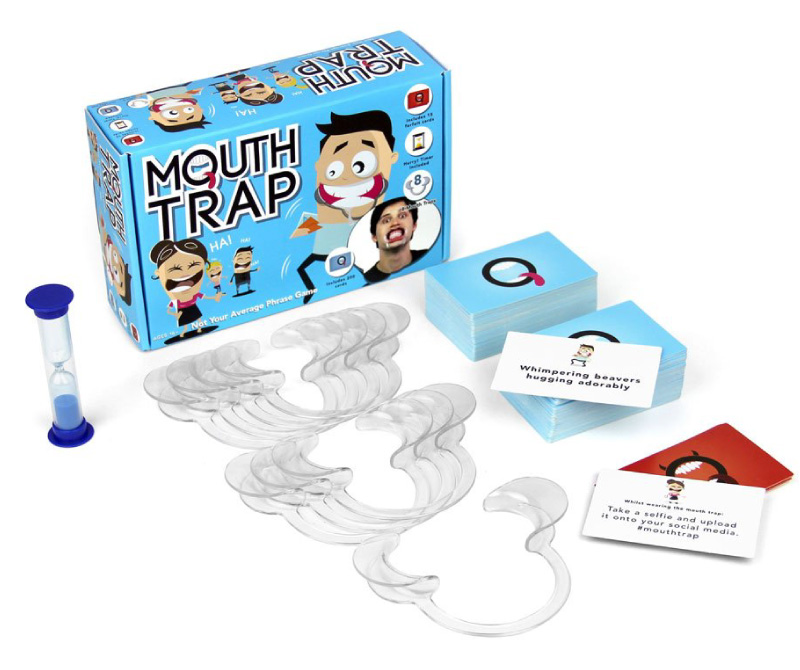
Selling your game directly to a publisher or game distributor can bare large financial fruit. An advantage of getting your game in front of a large game distribution company is that they can sell your game in large quantities too. They have the channels, marketing, catalogues, and contacts. – You may, or may not!
So how do you get your game in their inventory?
You pitch to them
How to pitch your game to a seller and make money – wholesale
In order to look the professional, your game will need to look the part – eg be ready to ship, be affordable to buy and come with any marketing so you can to prove the game exists.
Don’t leave to much to the imagination, look as ready as you can be.
In order to pitch your game to the correct people, it will come down to knowing the right people. A previous colleague of mine used various methods to find the correct contacts, here are 2 I can recall worked well:
1) Finding them on LinkedIn
2) By going to shows and arranging meetings.
Pitching a game to a large distributor isn’t easy, but things with the best rewards rarely are!
My role in the process of winning such business (in addition to product creation) was to create pitch boards with renders and mock-ups of the games. These were often followed up with marketing PDF’s for buyers at the companies skim through.
I will let you in on a little something else also, should you get in with a successful game
Upsell your game to move toward a 200k gaol
So, you have a proven track record with a distributor, you have sold the game and now what do you do?
We gave them more – although there was a challenge here, we didn’t have more to give – initially anyway.
At this stage, we conceptualised prototypes of expansion packs and extra games and then pitched the “Final game” to the distributor via ‘mock-ups’ on a pitch board which may have still be in the concept stages.
*The games weren’t manufactured until an order was placed.
I won’t lie to you, this can be a risky way of creating a product. You should try your utmost to get a batch or set of prototypes ready to get around this risky approach.
These pitches and subsequent pitches which were driven by the commercial success were won with what was said and what was shown on the boards. At the best of times, a prototype of the game was made.

So, that is the power of the pitch – don’t underestimate it and considering the potency of your game and whether it can be scaled.
Did that party game really earn 200k?
I think for the first run of the Family Edition of the game, from one single order – it was approximately 200k turn over in orders, and $150K in profits according to the Commercial Director. And more additions of the game were created.
So, yes – 200K then even more over the years. As it was it was being sold in other countries and snowballed.
How to sell your board game and make money | shop & retailer
As part of your strategy to either grow your wealth or hit a 200k target (or any number), you should consider selling your game direct to a large retailer. As above, the process of winning the business and selling your game to high street stores such as WH Smiths in the UK you should explore the tactics of pitching and trying to win business.
For the sake of clarity, I will discuss the steps in order to sell your game to a high-street store and what was involved in the process.
- Make sure you have your game ready. The more you have it together, the better this will be for you when you try to pitch your game
- Dot your I’s and Cross your T’s – in other words make sure you have all conformity, barcodes and product information ready.
- Is the product ready to be shipped? – fulfilment. Retailers like it to be straight forward and not have to worry about getting and unprofessional product etc. Have a warehouse or fulfilment centre ready to meet demand if the retailer places an order?
- Build Trust – Retailers don’t want to take foolish risks. If there is an indication of an existing market or you have sold games before, consider putting this in your proposal.
- Packaging – in retail, the packaging is more important than you may realise. The box art and how it looks on a retail shelf is incredibly important to a retailer and to the person buying the product. You need to make your product stand and look appealing. Its the box that may sell the game in the end.
It could also be worth noting that if you are yet to make or manufacture your box but have the artwork to utilise the visuals to create a planogram. This will help sell the dream and make your game look a little more real to the retailers.
These are some of the keys points I have been involved in when both collaborating and creating a proposal to a retailer.
This point was, in addition to the method of selling your game to the distributer a large contribution to it’s a financial success.
How to Kickstart your game and earn over 200k – if only knew.
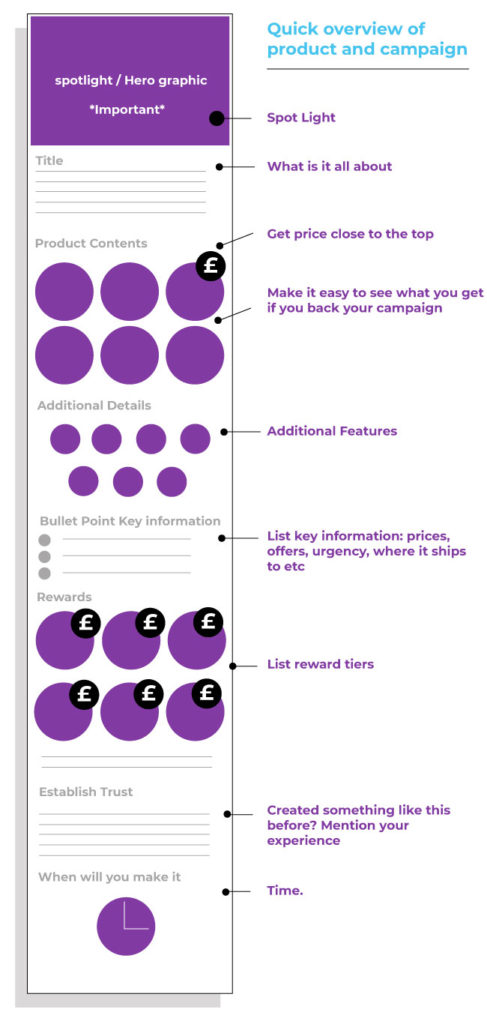
Although, I have yet to be involved in creating a successful Kickstarter that sells 1000’s of unit most of my experience comes with working with retailers.
Companies have earned millions on Kickstarter
A website such as Stonemaier games covers lots of hints and tips on how to create a Kickstarter and make a success of it. If you have a moment you should take the time to read some of the articles.
I would also like to mention the games companies that made Bears VS Babies and Throw Throw Burrito, both of these board games were hugely successful on Kickstarter before going onto nailing it in retail. I have seen these games in Waterstones, John Lewis, WH Smiths & others in passing.
Both of the games had a huge fan base and used Kickstarter to its maximum potential. They used Kickstarter for what it does best – to validate a product and get ready for the next big step.
That next big step… conquer retail.
If you are intending on launching a Kickstarter anytime soon …. don’t launch unless you have a crowd waiting to place an order and buy your game!
Your crowd is crucial to a game’s success on the likes of Kickstarter. No crowd? Probably no crowdfunding either.
If you want to hit the bigger numbers get all of you marketing up to scratch first and then roll it out. If you are struggling there is no shame in canceling your campaign and moving it to another day.
Kickstarter is a great way of getting your product validated and tested before going to retail. I have written a post here on how to design a Kickstarter page.
How to sell your board game and make money – summary
I hope this post was useful and offers some insight into selling your game to the big retailers and distributors. As mentioned above, the large sum of money was earned through selling to a retailer and distributors.
If you would like to know a bit more about the making of the party game, you can view the post here and read at your leisure. This post discussed more of the design stages as opposed to the money aspect of the game creation.
Selling your game – my credentials.
I am a designer with 10 years’ experience and I have been involved in creating party and card games! Whoop whoop, if you would like to know a bit more about my services you can read more about my freelance card game design and get in touch.
Thank you for reading how to sell your board game and make money, if it was useful feel free to share.
“how to sell your board game and make money”
Other useful posts about games :
How we made a successful card game for retail




